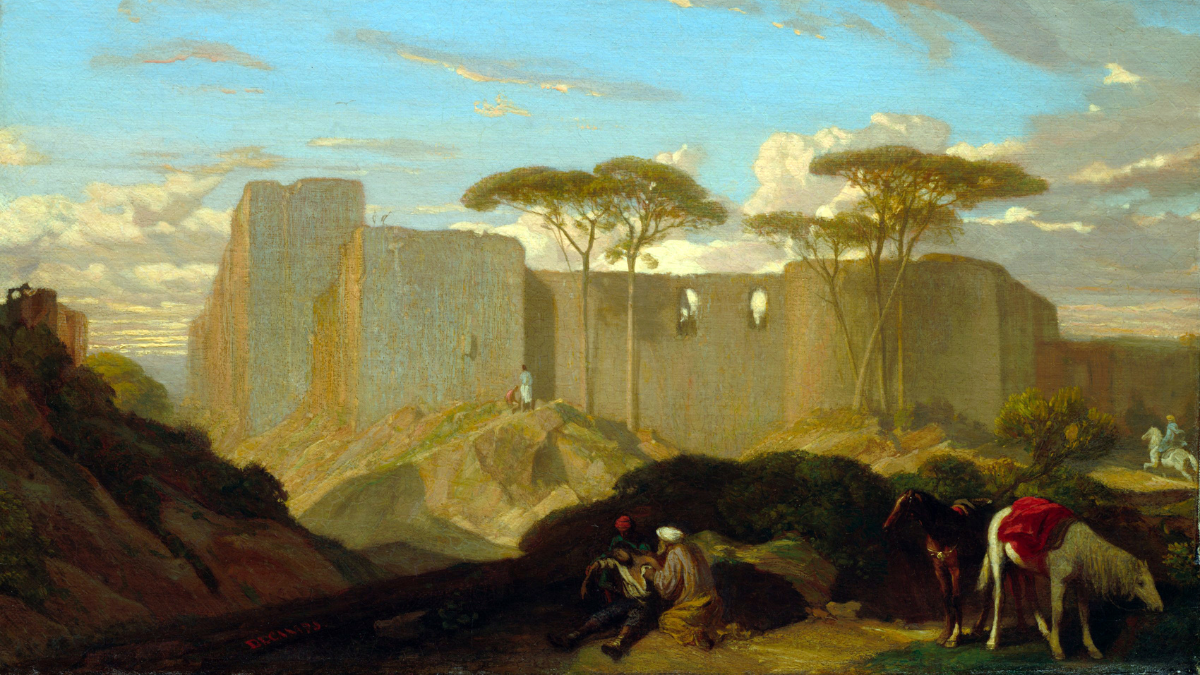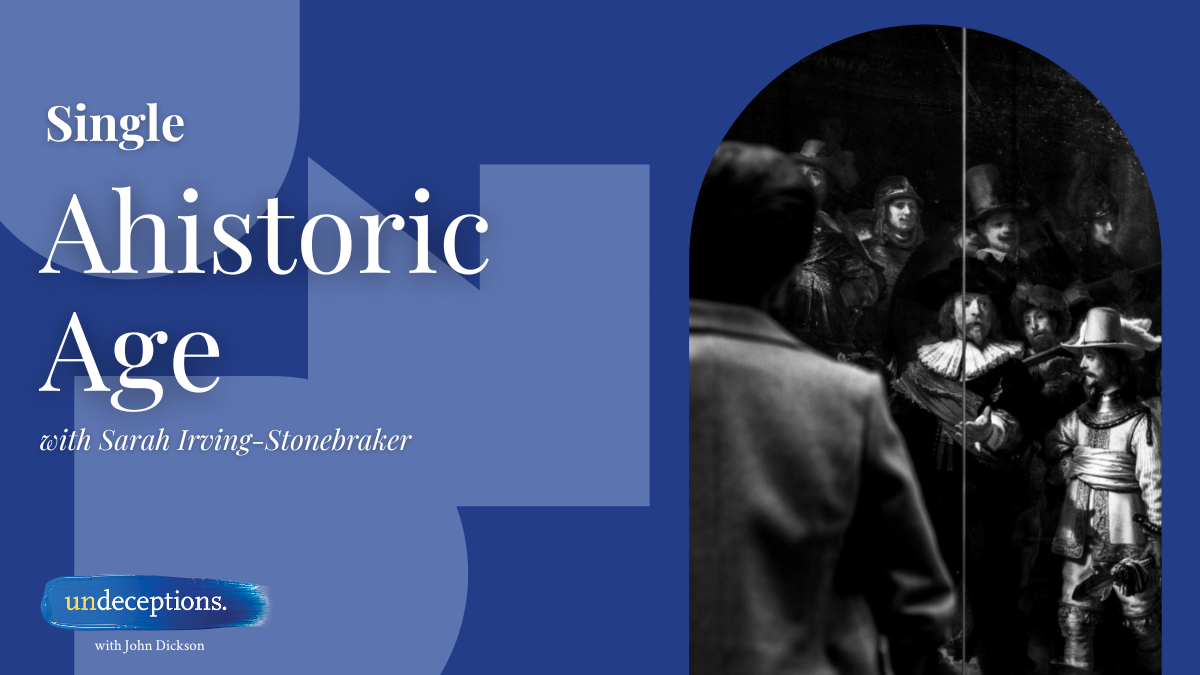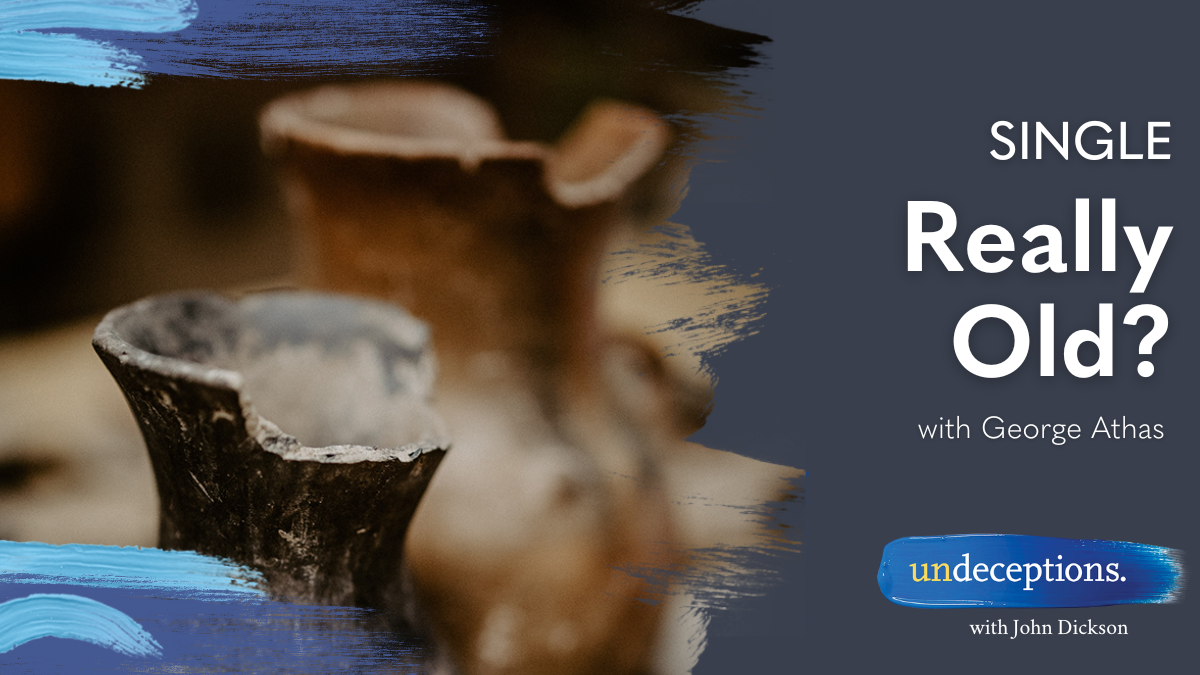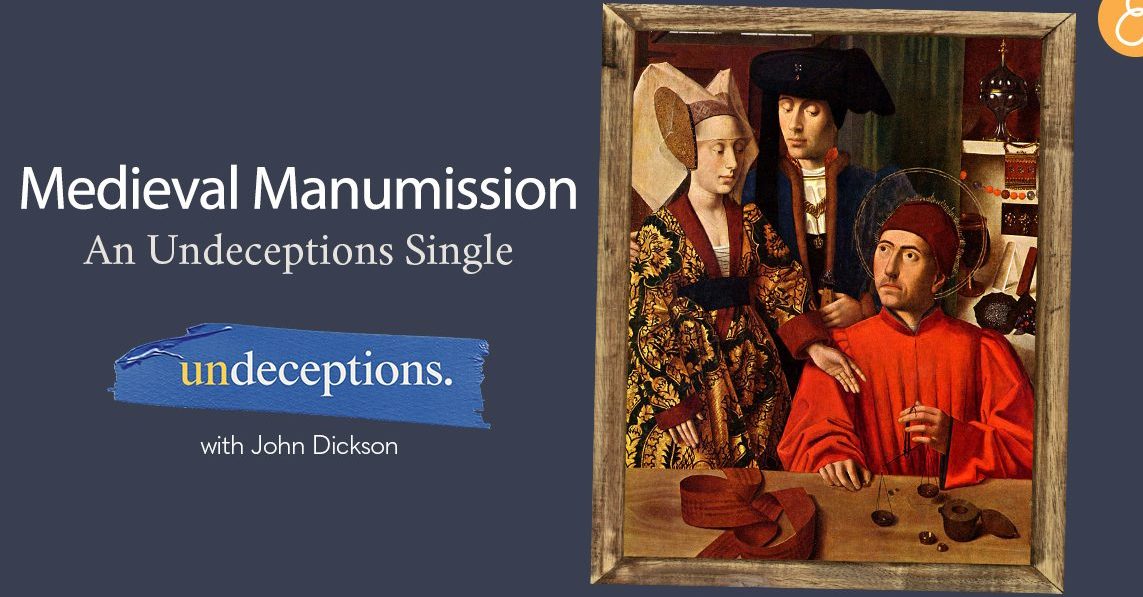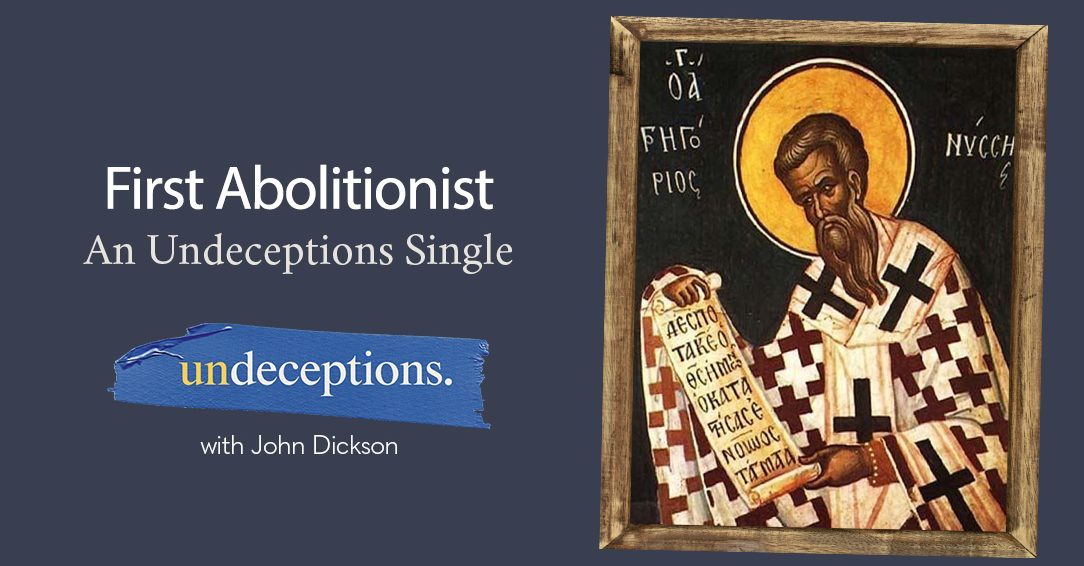In his parable of the Good Samaritan, Luke chapter 10, Jesus tells how a Jewish man was robbed and left for dead on the road between Jerusalem and Jericho, an ancient road you can still walk today. A temple priest walks by, he says, unwilling to assist. A Levite, who’s a priestly assistant, does the same. Then a Samaritan turns up, these were considered the cultural enemies of Jews. He stops and cares for the man. He washes his wounds with oil and wine, bandages him up, pays for lodging in a local inn, and then returns later to check on the patient and to pay for any further expenses. Jesus ends the parable by saying, “go and do likewise.”
This is more than a picture of our spiritual need of Jesus as if we’re the patient and he’s the good Samaritan. The story inspired a massive medical tradition. There are tons of hospitals in the world today with the word “Samaritan” in it. It’s got a lovely, modern resonance. But it’s had that resonance from the beginning of church history. This particular teaching of Jesus, with its explicit reference to ancient medicine, washing wounds with oil and wine, inspired a huge healthcare movement in early Christianity.
The first public hospital we know of, I’m sure I’ve told you about this before, was established in about the year 370 by Basil the Great in Cappadocia, modern central Turkey. As bishop, Basil employed live-in medical staff who cared for the sick, drawing on the best traditions of secular Greek medicine. There were six separate departments, one for the poor, another for the homeless, a house for orphans and foundlings because the church in the fourth century was still collecting exposed infants, a completely separate section for lepers, rooms for the aged and infirm, and a hospital proper for the sick.
This idea caught on quickly. In the sermons and treatises of clergy, practicing medicine came to be regarded as the epitome of love of neighbor. The reasoning was pretty simple. The church couldn’t quite heal the sick miraculously as Christ had done in the gospels. But the church could follow the Lord’s example by using the resources it did have: money, buildings, physicians, and volunteers. Official Canon law made clear that local bishops were duty-bound to maintain facilities and staff to care for strangers, the poor, and especially the sick. There were literally thousands of hospitals from Jerusalem to France by the year 700. They were all church-run.
Hospitals were a central part of the idea of a Christian city. They were never for ending life, always for washing wounds and seeking to restore, just like in the parable of the Good Samaritan. These ancient hospitals were a fitting tribute to the fusion of classical Greek learning and Christian compassion. The knowledge and technology for these medical facilities came from pagan Greek tradition, from Hippocrates to the second century AD physician Galen. The inspiration for opening these facilities to everyone, rich and poor alike, came from Christian bishops like Basil and Christian emperors like Justinian, who saw such charitable services as just following the life and teaching of Jesus Christ.
The words “go and do likewise” from the parable of the Good Samaritan, not to mention the self-sacrifice of Christ’s crucifixion itself, loomed large in the minds of these ancient medically-minded Christians. A lovely testament to this blend of ancient Greek medicine and Christian charity is found in the discovery of a thousand-year-old Greek manuscript of the Hippocratic oath, the one we quoted earlier. This particular manuscript copies out the ancient pagan medical oath in the shape of a cross. You can go and see it in the Vatican Library today if you’re interested. Elite pagan knowhow, shaped and fuelled by the Christian ethic of love… It was the perfect combination, and it remade our world.
By John Dickson
Against Euthanasia
Want to hear the rest of the episode?
Episode 76: “Against Euthanasia”

